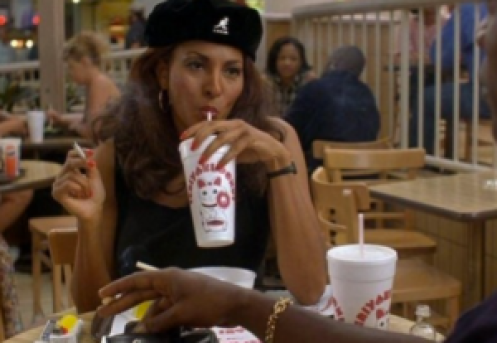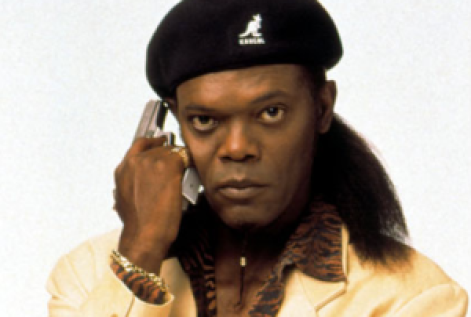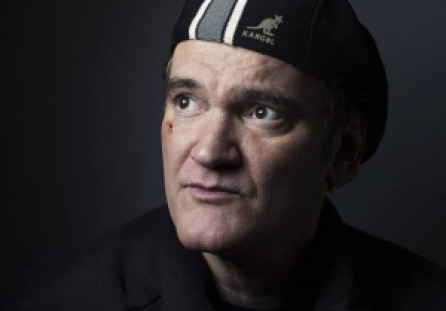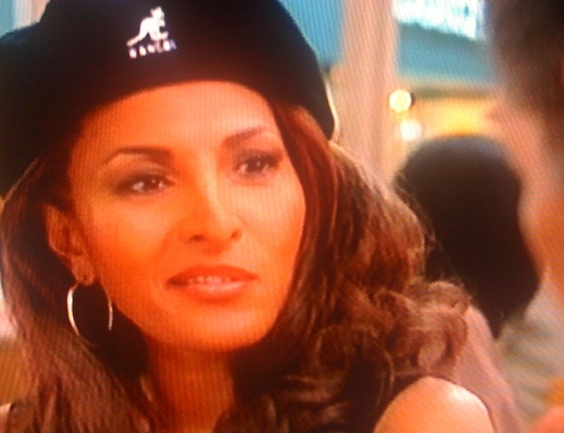Jackie Brown, regularly regarded as one of Quentin Tarantino’s least watchable films, is not only the auteur’s most underrated for its narrative, but also notable for its use of all things Kangol. As Tarantino’s first adaptation (from the novel Rum Punch by Elmore Leonard), Jackie Brown had some obvious kinks–mainly in that Tarantino was always accustomed to showcasing his own full-blown style. Muddled with Leonard’s, it’s easy to see why so many choose to ignore this so-called blemish on Tarantino’s career. However, Tarantino did, indeed, infuse the tale of Jackie Brown (originally named Jackie Burke in the novel) with many of his own personal touches, Kangol included.

There are many materialistic symbols of the 90s. Among others like GAP and CK One, Kangol became a coveted brand. In 1997, the year Jackie Brown came out, Kangol had yet to be appropriated by Fred Durst from Limp Bizkit. Thus, its cool cachet was resonant among the main characters of the movie, Ordell Robbie (Samuel L. Jackson) and Jackie Brown (Pam Grier).

The love of Kangol in black culture is subtly tied to the fact that the company was created by a Jewish Pole named Jacques Spreiregen. As both ostracized and oppressed minorities for numerous centuries, it makes sense that the black community would gravitate toward this brand. Throughout most of the 80s and 90s, Kangol was worn by prominent rappers like LL Cool J, Grandmaster Flash and Notorious B.I.G.

While Kangol may have reached the height of its fashionability in the late 90s and early 00s, it is forever solidified in the under appreciated cinematic genius of Jackie Brown. And so, if nothing else, Tarantino can at least be praised with regard to this film for being something of a fashion historian.























But then, Pam Grier can make anything look cool; it certainly cemented Kangol as a cool brand.